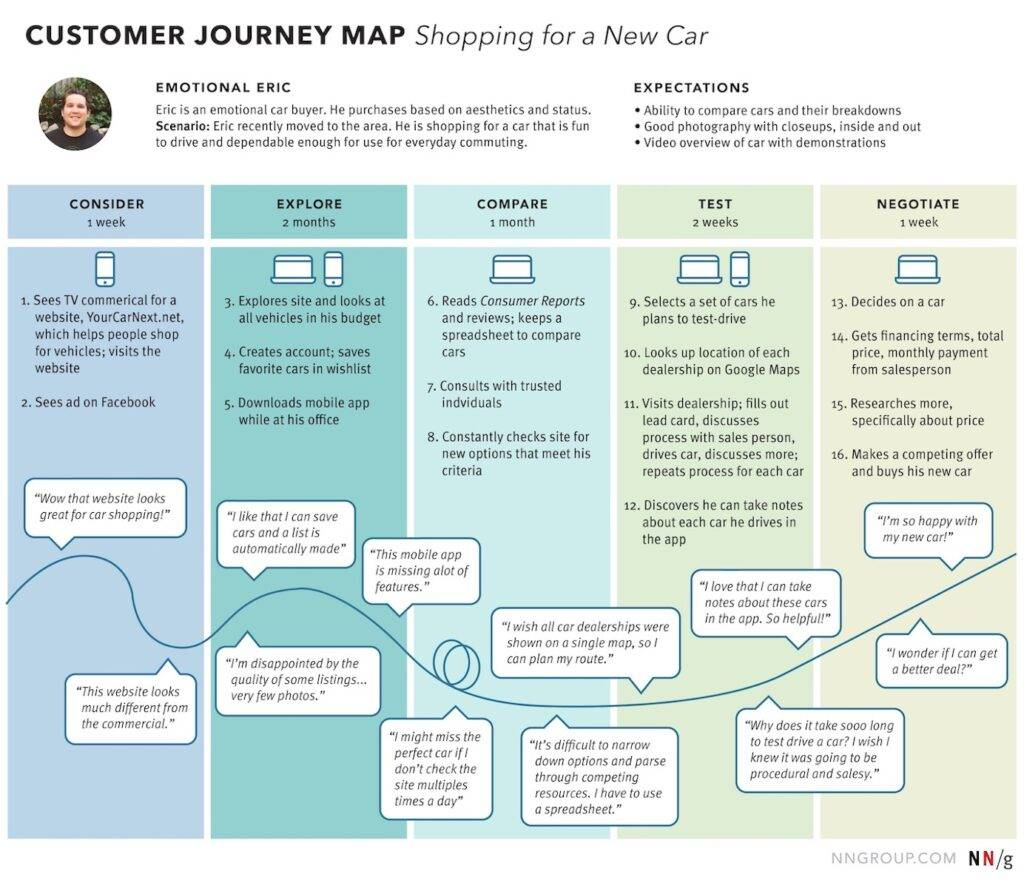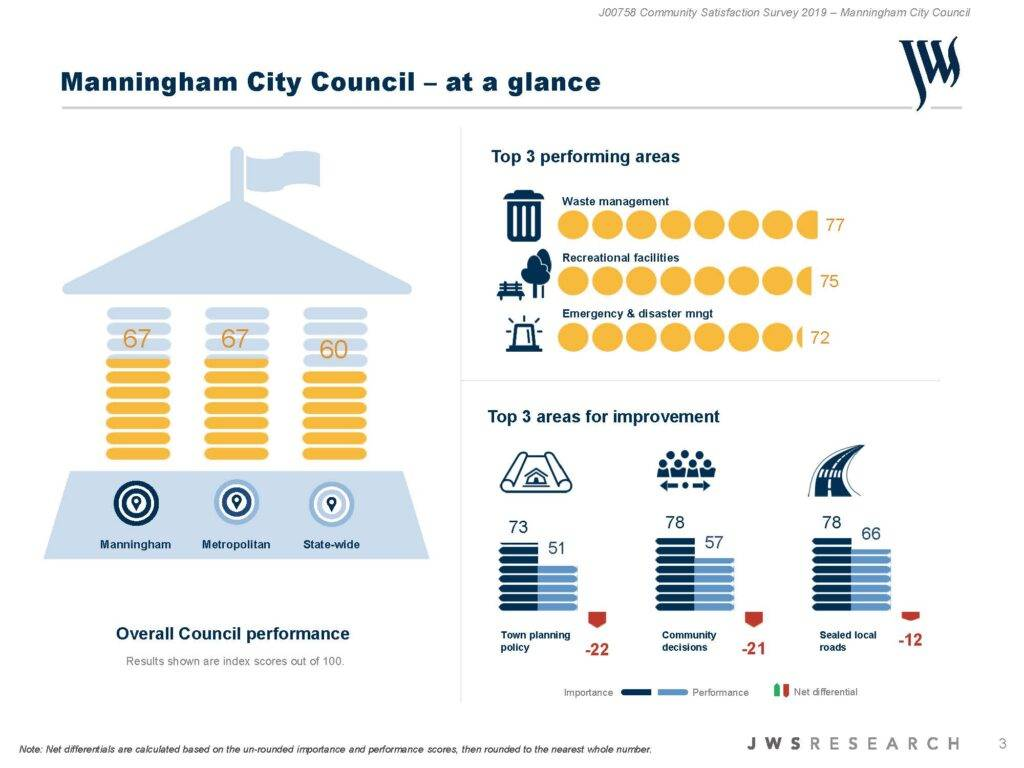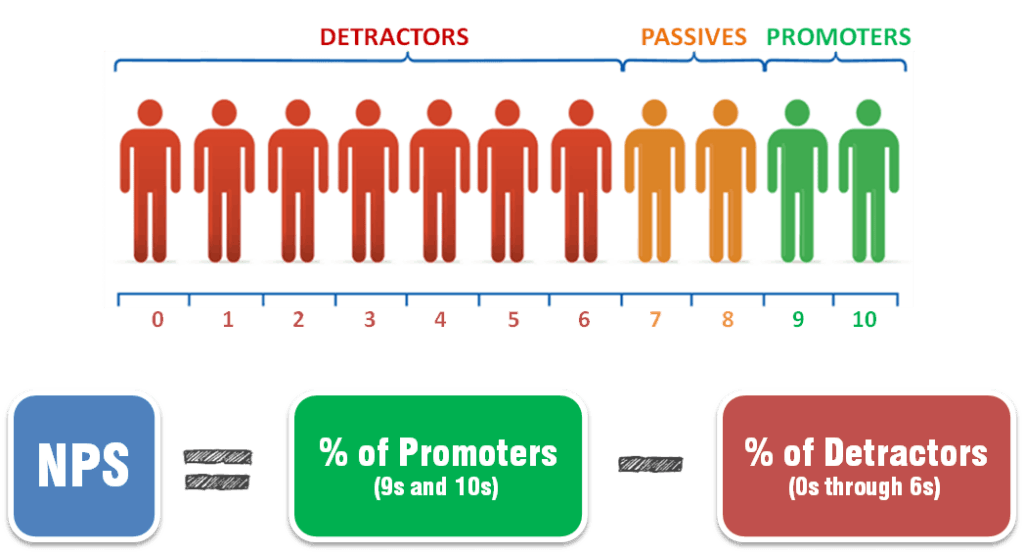The 10 Steps to Delivering Great Customer Service and Memorable Customer Experiences

Table of Contents
Investing in customer service and delivering a memorable customer experience is one of the most powerful things you can do for your brand.
With access to endless products and services, customers are choosing brands that put them first. The brands that win will be those that understand what customers want, how they want to be treated, and the experience they expect to have.
To ensure customers choose you, show them that you understand and care about their needs. Invest in your customer service and the customer experience to demonstrate how you put your customers first. Not only will this investment help you retain your existing customers by building loyalty, but it will also attract new customers who are seeking a brand that puts them first.
Here are the top 10 things you should do to deliver great customer service and a memorable customer experience.
Step 1. Map the end-to-end Customer Journey

To meet customer’s expectations on service and experience, you must first understand what areas your brand currently excels at, and which areas need improvement. To do this, you need to map the customer journey.
Customer Journey Mapping is the process of documenting all interactions customers have with your brand. These interactions include everything from a customer’s initial google search for your company’s product to the moment they purchase in-store.
By mapping the complete customer journey, you will gain insight into how customers are treated and the satisfaction they feel throughout their experience with your brand. This insight will help pinpoint any areas of friction or determent so you can focus your energies on making necessary improvements. This insight will also highlight areas you are excelling at, which can inform how you make improvements.
Step 2. Track customer satisfaction across your organisation
Great customer service and a memorable customer experience happen when customers are satisfied throughout their entire journey. To ensure your brand delivers a consistent experience, you should be tracking customer satisfaction across your entire business.
Customer Satisfaction Score (CSAT) surveys a great tool to help you track satisfaction and your brand’s ability to meet customer expectations.

SOURCE: https://yoursay.manningham.vic.gov.au
Using a CSAT survey, you can tailor questions to gauge client satisfaction after every touchpoint in the customer journey. Whether you want to know how successful your rewards program is or if your customer service is efficient, a CSAT survey will help you stay on the pulse of your customer experience.
Step 3. Recognise your loyal customers – and learn from them

SOURCE: Medium
The most powerful advocate for your brand is a loyal customer. Loyal customers are more likely to refer and promote your brand to their peers and make multiple repeat purchases throughout their customer lifecycle.
Not only should these loyal customers be recognised for their continuous support, but they should also be recognised as invaluable sources of information. Loyal customers can tell you why they choose your brand and what services and experiences won them over from a competitor. This insight can help guide you in making improvement efforts and defining your CX strategy.
If you are unsure who your loyal customers are, consider using a Net Promoter Score Survey to identify your brand promoters from your brand detractors.
Step 4. Measure the impact of employee experience
Happy and satisfied employees create happy and satisfied customers.
A great customer experience depends upon employees who are committed to delivering the highest level of service each time they engage with a customer. Investing in your employee experience to ensure your team is receiving the support, recognition, and overall experience they desire will help you ensure they perform their best on the front lines.
Using Employee Net Promoter Score (eNPS), you can track the overall satisfaction of your employees throughout their entire experience working for your brand. This score will help you determine which areas of the employee experience are causing tension or dissatisfaction, so you can make investments that target these problem areas and maximise the overall experience.
Step 5. Make it easy to be a customer
Most customers are satisfied with a brand when they can put minimal effort into doing business with them. Customers want easy and frictionless experiences, and your business must implement processes and strategies to cater to these desires.
Using the Customer Effort Score (CES), you can monitor how easy it is for customers to do business with your brand. A CES Survey will ask customers to score the ease of their latest transaction and will gather data after every service, sale, or engagement a customer has with your brand.
The results from your CES survey will help you identify any areas that are causing friction and will provide you with insights about what kind of experience your customers want to have. This data will be invaluable in helping you guide your improvement efforts and delivering a memorable customer experience.
Step 6. Listen to the voice of the customer

The best customer service and experience roots themselves in what customers actually want. Customers have different expectations and needs for different brands, and how satisfied they are with their experience depends upon a brand’s ability to meet their criteria.
Develop a process to listen to the voice of your customers using a CX survey. Customise questions to determine what specific expectations customers have for your brand and understand how they perceive your ability to meet these expectations. These insights can guide and inform how you approach improvements and what CX investments you decide to make.
Step 7. Be a customer-centric leader and communicate the importance of CX
One of the easiest ways to improve customer service and experience is by communicating its value to your business teams. When teams fully understand the importance of CX and how their department affects its quality, they are more likely to make better decisions and implement processes that align with the company’s overall CX strategy.
Lead by example and show how you are implementing customer-centric strategies that align with your target CX at a high level. In doing so, you can inspire your other departments and create a customer-centric culture that sweeps throughout your entire organisation.
Step 8. Embrace data and analytics tools
Data is critical when improving your customer service and experience. Improvement efforts need to target areas of friction and align with what customers actually want – and data is the only way to get this information.
Whether you choose to use CES, CSAT, or any other data collection method, equipping yourself with relevant and recent data on your customers and your current experience is essential.
However, not only do you need access to this data, but you will also need a way to analyse the results and pull out key insights to guide your improvement and growth efforts. Embrace data and analytics tools by finding a data collection method and a data processing platform that aligns with your specific business needs. You will need a system that is easy to use and that supports your business teams in making necessary and efficient improvements.
Step 9. Have a clear CX strategy and vision
Once you understand where your areas of improvement and opportunity are throughout your customer service and experience, you need to develop a clear CX strategy and vision.
Spend time thinking about the kind of service you want to deliver and the feelings you want your customers to have after engaging with your brand. Use these benchmarks to develop a clear strategy and vision that can guide and unite all improvement efforts.
A clear CX strategy will help you prioritise and select key improvements while also providing a roadmap for future growth opportunities. Furthermore, you can share your strategy across the business to ensure everyone is on the same page and has the same goals for delivering great customer service and a memorable customer experience.
Step 10. Measure the ROI of providing a great customer experience
Once you’ve done the work of finding areas of friction and implementing improvement efforts, you should begin measuring the ROI of your customer experience.
A great customer experience will do wonders for your brand, but some initiatives will deliver better results than others. Understanding which improvement efforts deliver the maximum results will help you develop future growth strategies and evaluate the success of various improvement efforts.
Key takeaway
Delivering great customer service and a memorable customer experience is an ever-evolving process. As customers’ priorities and expectations change, your customer service and experience will need to adapt.
To continue satisfying your customers, set a process to revisit these 10 tips periodically. Use these tips to evaluate and improve upon your customer service and experience and ensure customers continue to choose your brand.

Tom Sutton
Co-founder, TRACX
Tom is the co-founder of TRACX, a no-code marketing platform that allows local business owners to collect customer feedback and create engaging marketing campaigns. With over 17 years of experience in entrepreneurship, product development, and marketing for businesses large and small, Tom is currently responsible for developing product and marketing strategies for TRACX.